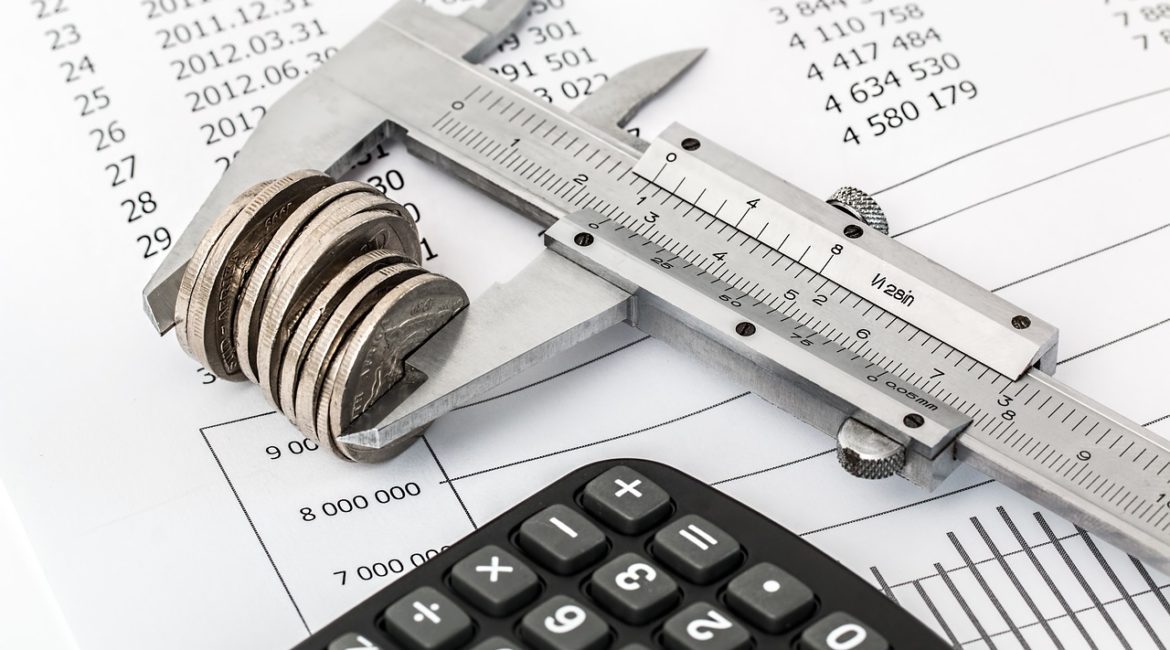Do you need to worry that debt relative to the gross domestic product is rising quickly domestically and globally?
You often hear many worrying about the growing government debt due. There’s a lot of people out there that think the national debt is the main cause of problems for a country’s economy. Yet, having debt isn’t a problem until that debt becomes too big for you to pay back. This is true on the individual level and for the US government.
Let’s begin at the individual level. Say you have 10k on a credit card and make 500k a year. That’s not a big deal, but it’s a totally different story if you only make 40k a year. The larger your debt is compared to your annual income, the larger the problem is.
Currently, the U.S. government “income” is the Annual GDP (gross domestic product), which is around $21 trillion dollars. The national debt is about $23 trillion dollars. A nation’s GDP is the total monetary or market value of all finished goods and services produced within a country’s borders in a specific time period. Roughly the nation’s debt-to-income ratio is in that 107% – 109% area, and speaking historically we are on the high end. The peak of the income-to-debt ratio was in 1946 when the ratio sat at 119%, but from 1940 to 1970, it has averaged around 62% and got as low as 32% in 1981.
If you want more sticker shock, the Congressional Budget Offices project the federal government will run a deficit every year for the next three decades. By 2049 it projects the debt will reach 100 trillion or 147% of GDP, but this isn’t an issue that’s unique to the U.S. Japan has government debt that has consistently remained north of 200% of its GPD, but most of it is owned by citizens so there’s little risk of default. Ukraine, in comparison, defaulted on its own national debt when it was 30% of GDP.
In the United States, sentiment surrounding the debt crisis climbed to levels of hysteria in 2010. Even the United States Joint Chiefs of Staff Chairman, Admiral Mike Mullan, said that the national debt was the “biggest threat to national security.” Fighting about the debt eventually led to a full government shutdown, which resulted in the United States being stripped of the country’s AAA rating. Yet, aside from this, not much happened.
The fear of high national debt isn’t irrational, it’s just misplaced in the order of things that cause serious issues for us in the short term. If COVID-19 was a nuclear bomb to the U.S. economy, then the thermonuclear warhead that is sleeping right now is the current debt load on U.S. corporations. The government can print more money to cover its debt, but corporations like American Airlines cannot.
If you’re going to let anyone’s debt keep you up at night, let it be Corporate America’s. How many people know that the total debt of non-financial corporations has more than doubled in the last decade from $37 Trillion to $75 trillion? This growth rate is way faster than the U.S. government’s.
It actually makes sense that there has been this massive run-up in corporate debt. Interest rates are low, and performance pressure is constant. Most importantly, often C-Suite executive’s bonus packages will vary depending on the profit per share stock of outstanding debt. What did Mr./Mrs. CEO do to get a bigger bonus? They borrowed money with really low interest rates and bought back their own stock thus reducing the number of outstanding shares. They did this so the profit per share would look bigger solely because there are fewer shares available. Corporate America has been levering up for years, not because they wanted to raise capital to invest in their business, but so the executives could have nicer beach houses.

